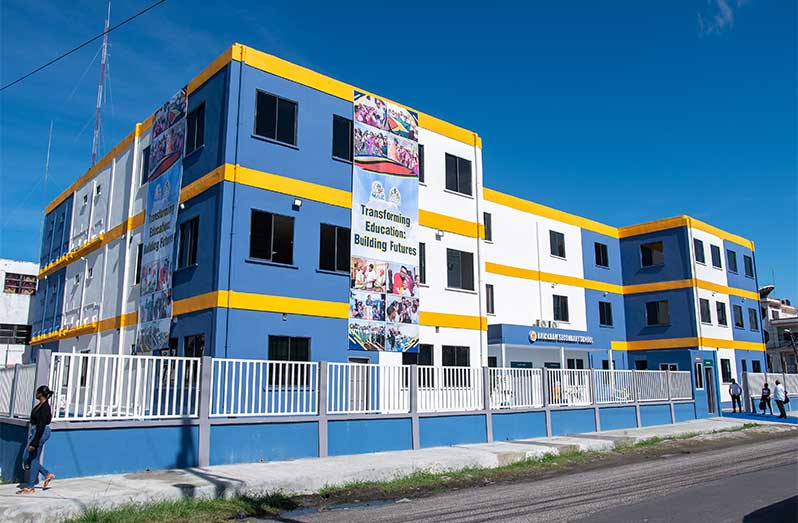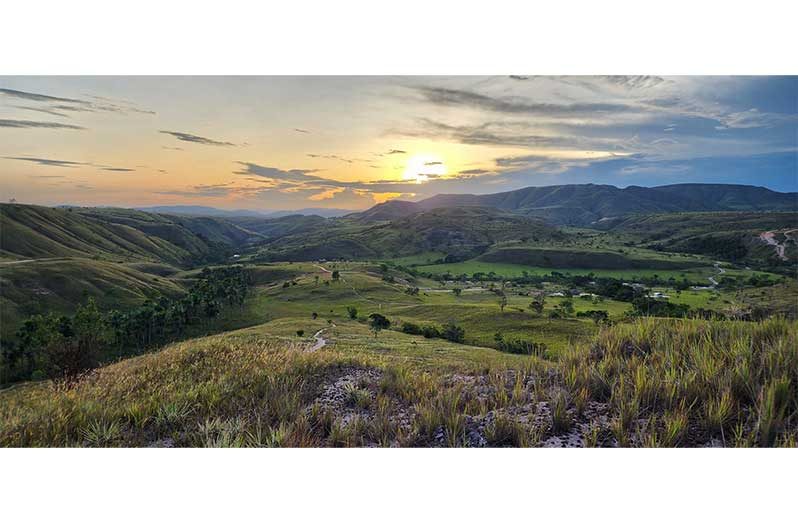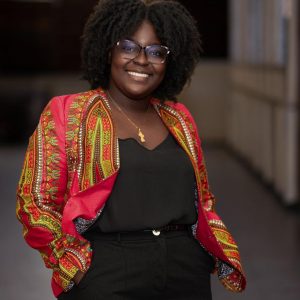–among plans to narrow educational gaps, promote immersive learning experiences
–President Ali announces
GUYANA’S drive to transform education is moving into new terrains, quite literally, as President Dr. Irfaan Ali has mulled the introduction of school exchange programmes, that will be designed to allow students from both hinterland and coastland communities to immerse themselves in each other’s environments.
“Access alone is not enough,” he remarked on Monday at the commissioning of the new Brickdam Secondary School in Georgetown, drawing attention to the stark contrast between city skylines and hinterland horizons. “When you look at some of these schools, the environment in which they’re being built, you know, you look out of the windows here in Georgetown, and you see massive buildings around you. You look out the windows in the hinterland, and you see rolling hills and mountains and beautiful savannahs.”
The idea over the next five years is to take learning beyond the textbook, turning geography, social studies, and national identity into lived experiences.
“We have to do a lot of work also in enhancing school tours, letting our children learn about their country’s geography, their country’s region, and social studies in different environments.”
Currently the government is making massive investments to achieve universal secondary education across the country.

The government has commenced or completed or is in the process of planning or building some 40 schools across the country.
“One of our key priorities is to narrow the educational gaps between hinterland and coastline regions. For decades, these gaps have hindered our national progress, but not anymore. We are increasing access to schools and learning resources in the hinterland. The majority of the new schools that are being constructed are being built in hinterland regions one, seven, eight and nine.”
“We have to be able to have exchange programmes among and between schools [so] our children can grow up knowing what all of Guyana feels and looks like. That is the type of investment that must match the investments that we’re making in infrastructure, buildings, and development of human capital for the hinterland regions,” the Head of State added.
As of December 2024, 83 per cent of all teachers across Regions One, Seven, Eight and Nine were fully trained, a significant increase from less than 43 per cent in 2020.
And as of May of this year, the number of hinterland teachers currently stands at 2,435, most of whom come directly from their own villages and communities.
President Ali had credited these achievements to governmental facilitation.
“We are happy that as a government, we are able to facilitate such a massive transformation, but at the end of the day, it is your accomplishments,” he said at an event in May.



.jpg)








